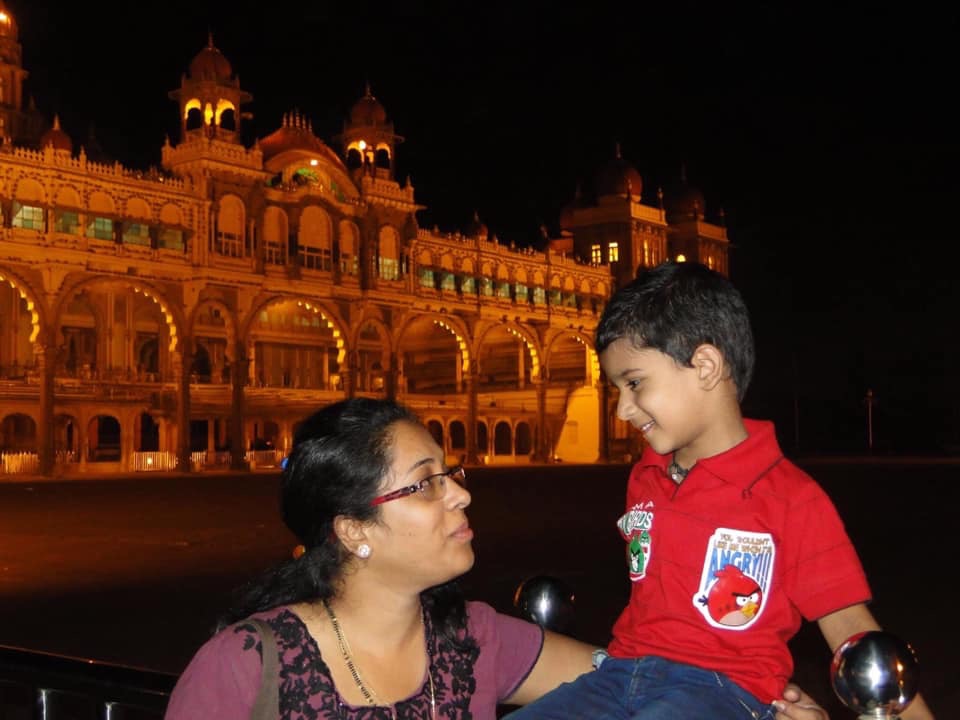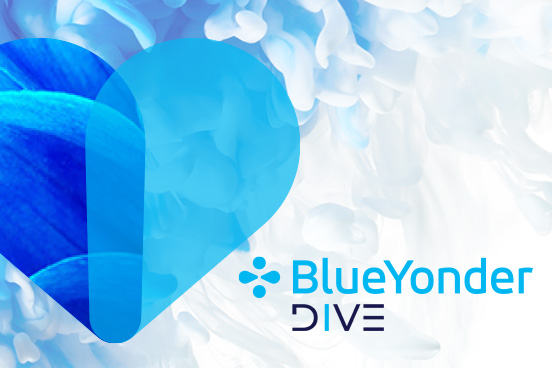The first phrase I remember when I first heard the word “diversity” is “Unity in Diversity,” framed by the First Prime Minister of India Jawaharlal Nehru. We learned about it during my early school days but I learned the actual meaning of it in my later years.

On my every journey, I experienced a different meaning to the word diversity like culture, language, nationality, gender, ethnicity. But my curiosity to understand the similarity or the difference among all types of diversity remained as a question mark for many years.
I read many books on this topic, listened to many presentations, and watched TV shows on it, yet my question of “what actually makes a group /team/ community or the nation diverse?” remained unanswered. All I heard about diversity was always either on the gender, color, culture, religion, etc. but it was not convincing that only these can drive or succeed any organization, nation or a community.
In 2007 at my first job, I worked with a large team. I was surprised to see one single leader managing all 600 people with ease and delivering his commitments without great difficulty. This made me very curious and I started attending most of his meetings to see what it was about him as a leader that drove him to achieve much greater results compared to the other teams. All 600 employees trusted and respected him the most.
During one such meeting, I finally got my answer to what makes someone ‘diverse?’ He followed a simple strategy by writing the problem statement on a whiteboard and then asked for opinions and thoughts from every member of that group to resolve the problem. Every employee present in the meeting room shared their thought or method to problem-solving. After 15 minutes, he would shortlist, test and finalize the solution to the problem over the next 45 minutes. It was amazing to see how he appreciated and acknowledged his team members’ thought process and problem-solving skills.
That day I realized we must focus on what I call ‘thought diversity’ or ‘cognitive diversity’ because the strength of the team lies in its differences, not its similarities. Having diversity of thought is much needed to face new challenges and problem-solve effectively. Diversity of thought goes beyond what employees look like and where they come from. Its focus is on how they think – both in their world view and in the way they process information. It has been said that cognitive diversity is the immune system of a team; it is the invisible layer that has proven benefit in terms of performance.

In 2010, I moved to another company where I learned that diversity of thought is one outcome of successful diversity, equity and inclusion (DEI) efforts. One of the leaders in the organization used to set up an informal meeting with different groups of employees on a regular basis with no specific agenda. The place selected would be a very casual place to accommodate a group of 30 to 40 employees for every connect. My colleagues who attended these meetings would return to the desks with a smile, with a feeling of satisfaction of being heard, with a sense of belonging towards the team and within the organization.
This increased my curiosity and I waited patiently for my turn to get a chance to attend this meeting. After waiting four weeks, I was invited to attend. The meeting started casually and focused on wellbeing, feedback and learning. Every employee in the room got very comfortable to share their experiences, thoughts, skills, opinions, perceptions, encountering tough conversations and challenges without fear and with trust. We discussed different problems and most of them were resolved through many of us sharing our thoughts and ideas and using our problem-solving skills.
I was amazed to see a leader creating an environment for his employees to speak about everything from small things to big opinions and hearing them with a non-judgmental ear. The connect ended after 90 minutes but the impact on the employees lasted for years.
Employees who don’t see their identities reflected in their workplace feel a lower sense of belonging, and that can lead to higher churn and lower productivity. Creating a culture where employees feel safe bringing their best selves to work requires the fostering of a strong sense of belonging for all employees.
When inclusive leaders who understand the value of different styles of thinking are skilled at encouraging people to both contribute their thinking and be open to the perspectives and ideas of others, many well-intended initiatives get moving towards success.

This experience was the best example of inclusion for me. The ability for every employee in the room to have a chance to share their perceptions and feedback with equal fairness, sameness, and with all contributions valued – that’s inclusion. These two leaders set the best example to me on how to cultivate a sense of inclusion and equity through cognitive diversity. Because when we learn from each other, we grow together.
The saying that “Diversity is a mix; inclusion is making the mix work” resonates here and is what I learned from these two situations and thoughtful leaders. I have since followed a similar mindset. And I’ve learned that the best work happens when very different minds and disciplines come together. Creative collisions are how new things can happen.
Hence, I believe cognitive diversity is the immune system of an organization – “The art of thinking independently, together.”
D – Different
I – Individuals
V – Valuing
E – Each Other
R – Regardless of
S – Skin (Color)
I – Intellect
T – Talent (or)
Y – Years


Comments are closed.